Some Common Sense about Delivery Drones
Delivery drones have emerged as a revolutionary technology, promising swift and efficient deliveries to customers worldwide. As these drones become more prevalent, it's essential to understand some key aspects of their operation and technology. Here, we'll delve into the types of drones used for delivery, their capacity, delivery methods, transported goods, battery specifications, and Grepow's battery solutions tailored for delivery drones.
Type of Drone Used for Delivery
Delivery drones come in various shapes and sizes, but the most common type is the multirotor drone. These drones typically have four to eight rotors and are known for their stability, maneuverability, and ease of use. Multirotor drones are well-suited for short-distance deliveries and urban environments where precise navigation is crucial.
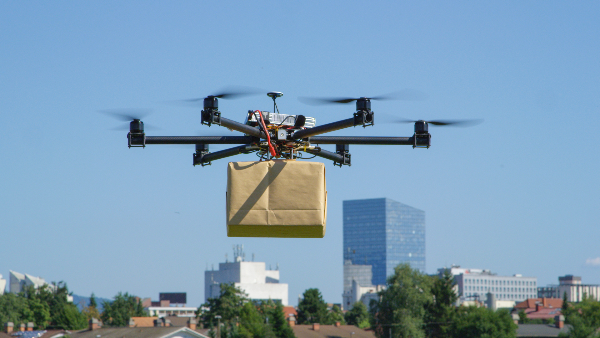
Payload Capacity of a Delivery Drone
The payload capacity of a delivery drone can vary widely depending on the drone's size, design, and intended use. Smaller consumer drones might only be able to carry a few hundred grams, enough for a small package or a handful of items. Commercial delivery drones, on the other hand, can have much larger payload capacities. For example, some heavy-lift drones used for industrial or agricultural purposes can carry payloads of 10 kilograms (22 pounds) or more. The payload capacity is a critical factor in determining the drone's range and delivery capabilities.
What Is the Range of a Delivery Drone?
Delivery drones typically have a range of up to several miles, depending on the specific model and its design. Some delivery drones can travel around 10-20 miles (16-32 kilometers) round trip on a single charge, while others may have shorter ranges. The range can also be affected by factors such as payload weight, weather conditions, and the drone's speed.
How Do Delivery Drones Deliver?
Delivery drones use GPS and other sensors to navigate to their destination. Once they arrive, they can land or hover to drop off the package. Some drones are equipped with cameras and other sensors to help them avoid obstacles and navigate safely in urban environments.
What Can Be Transported via Drone Delivery
Delivery drones are capable of transporting a wide range of goods, including groceries, medications, and small packages. However, there are limitations on the size and weight of the items that can be delivered, and regulations vary from country to country.
Battery Used in Delivery Drones
Delivery drones require high-performance batteries to power their flight and ensure efficient deliveries. Lithium-ion batteries are commonly used in delivery drones due to their high energy density, lightweight, and rechargeable nature. These batteries provide the necessary power for the drone to fly to its destination and back safely.
Battery Life of Delivery Drones
The battery life of a delivery drone depends on several factors, including its size, payload, and flying conditions. On average, delivery drones can fly for 20 to 30 minutes on a single charge. However, advancements in battery technology are continuously improving the flight time of delivery drones, making them more efficient and capable of longer flights.
Grepow Drone Battery Solution for Delivery Drones
Grepow is a leading provider of high-performance batteries for delivery drones. Their batteries are designed to deliver maximum power and efficiency, ensuring that delivery drones can operate reliably and safely. Grepow's batteries are lightweight, durable, and capable of providing the high energy density required for long-distance flights. With Grepow's drone battery solutions, delivery drones can achieve longer flight times, increased payload capacity, and enhanced performance, making them ideal for a wide range of delivery applications. Below are some battery models that can be used in Delivery Drones for your reference.
No. | Battery Type | Battery Model | Dimension(±5mm) | Weight(±100g) |
1 | Standard LIPO | Tattu 30C 16000mAh 22.2V 6S1P | 190x76x65mm | 1974g |
2 | Standard LIPO | Tattu 30C 22000mAh 22.2V 6S1P | 206x91x61mm | 2460g |
3 | HV LIPO | TA-15C-16000-6S1P-HV-AS150 | 202*77*59mm | 1880g |
4 | HV LIPO | TA-25C-22000-6S1P-HV-AS150 | 210*93*62mm | 2344g |
5 | NMC LIPO | Tattu NMC 811 5C 30000mAh 22.2V 6S1P | 209x67x93mm | 2580g |
6 | NMC LIPO | Tattu NMC 811 5C 22000mAh 44.4V 12S1P | 200x133x79mm | 3850g |
7 | NMC LIHV | Tattu NMC AGRI 25C 16000mAh 22.8V 6S1P | 202x77x59mm | 1880g |
8 | NMC LIHV | Tattu NMC AGRI 25C 22000mAh 22.8V 6S1P | 208x90x63mm | 2473g |
9 | UHV LIPO | Tattu Ultra LiHV 5C 22000mAh 661P 23.7V | 191x77.5x67.5mm | 2000g |
10 | UHV LIPO | Tattu Ultra LiHV 5C 34000mAh 6S1P 23.7V | 202x122.5x62.5mm | 3100g |
In conclusion, delivery drones are a promising technology that has the potential to revolutionize the way goods are delivered. Understanding the basics of delivery drones, including the type of drones used, their capacity, delivery methods, transported goods, battery specifications, and Grepow's drone battery solutions, can help us appreciate the impact and possibilities of this innovative technology.
Related Articles:
Grepow Delivery Drone Power Solution: Powering the Future of Logistics
How to Choose Li-ion Battery for Spray Drone?
Introducing the Tattu 3.5 and 4.0 Battery Series: Powering Heavy-Lifting Drones
Firefighting Drones: Technology and Battery Power
Related Articles
-
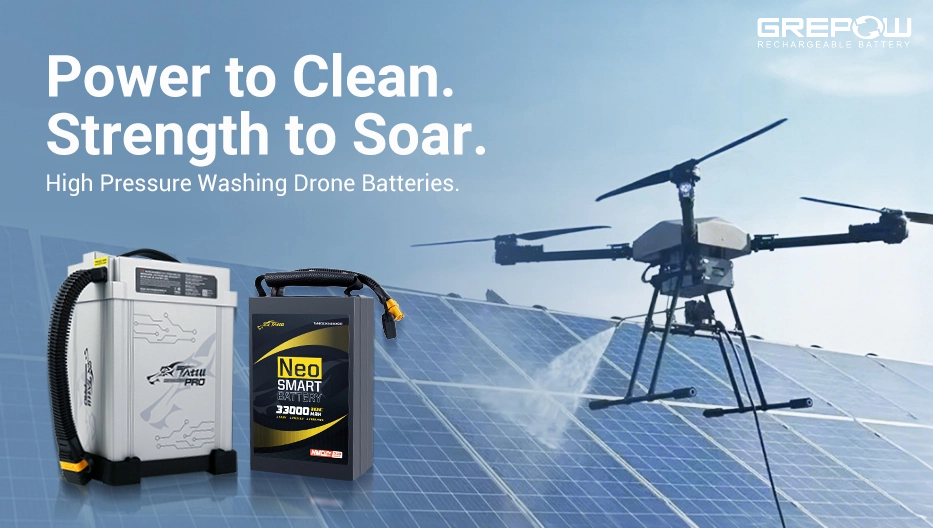
How to Choose Battery for a Washing Drone?
2025-07-08 -

The Evolution and Challenges of Low-Altitude Economy
2025-07-01 -
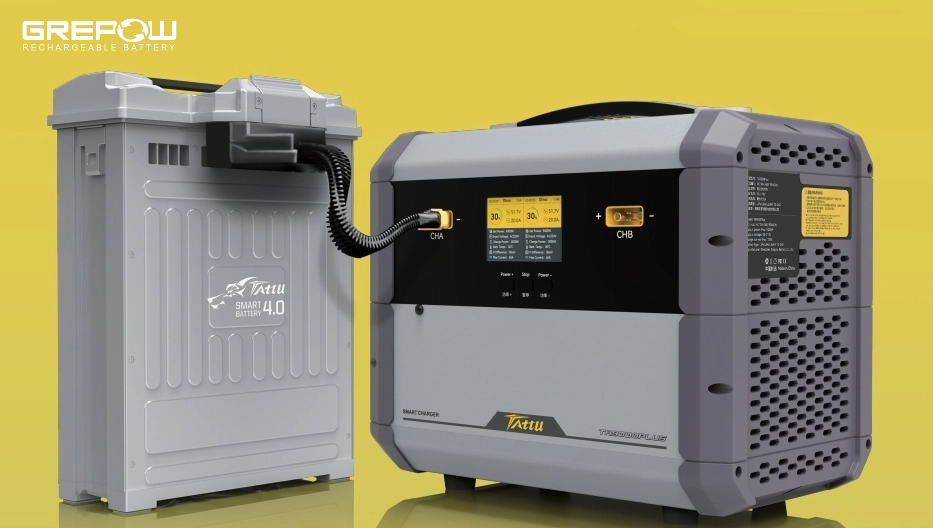
Drone Batteries: A Comprehensive Guide
2025-06-23
Related products
-
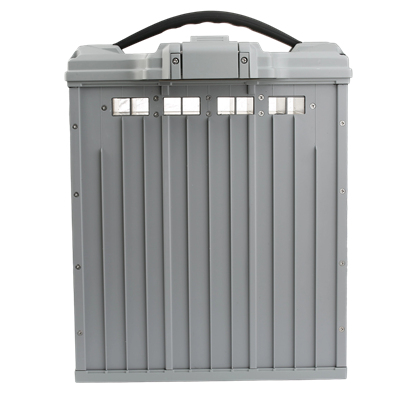
Tattu 4.0 18S Lipo 30Ah 68.4V Smart UAV Drone Battery
-
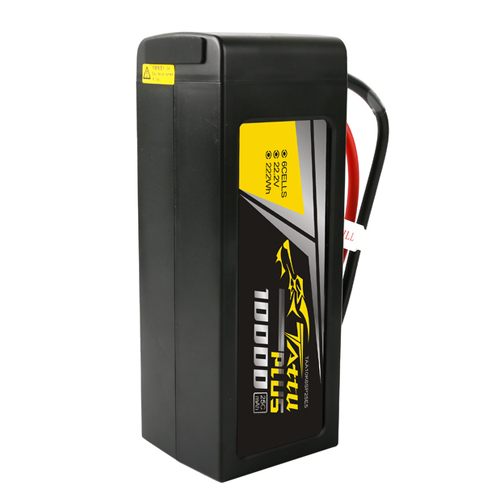
Tattu Plus 6S 10000mAh 22.2V 25C Lipo Smart Drone Battery
-
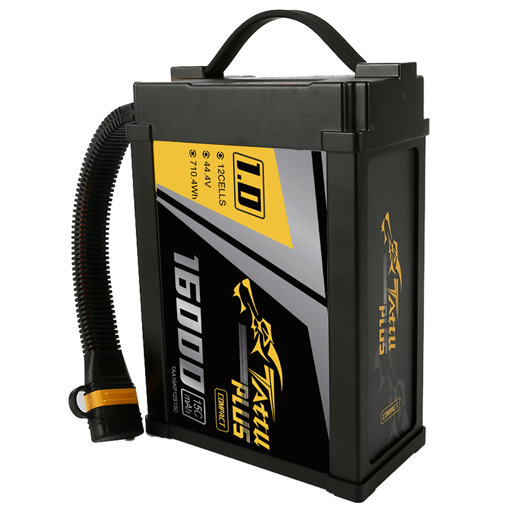
Tattu Plus 1.0 Compact 12S 16000mAh 44.4V 15C Lipo Smart Drone Battery
















































